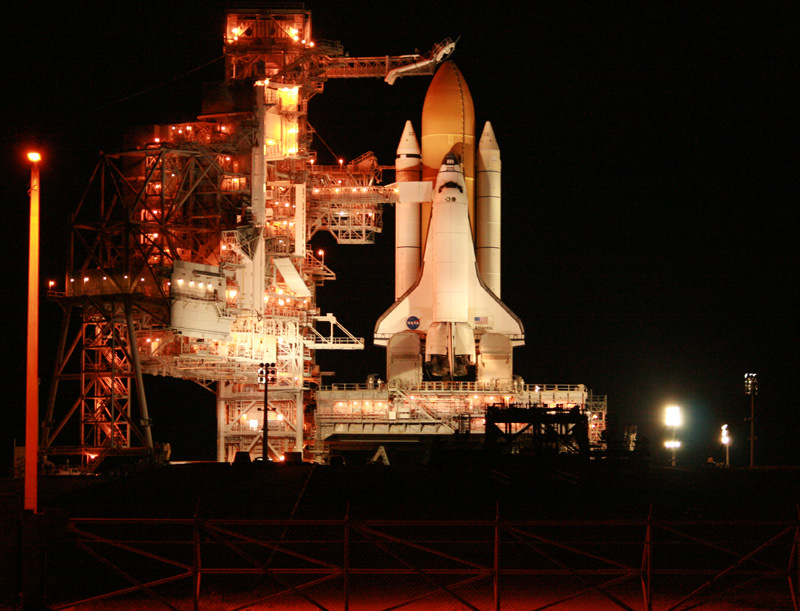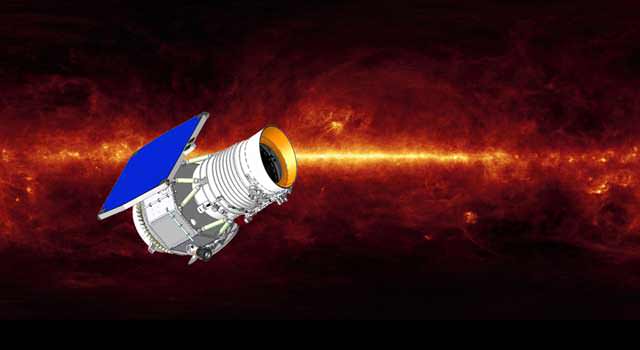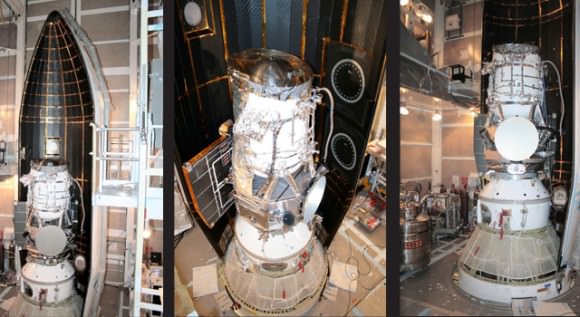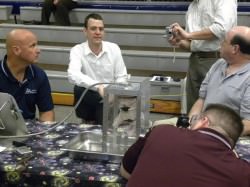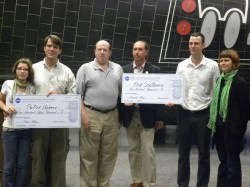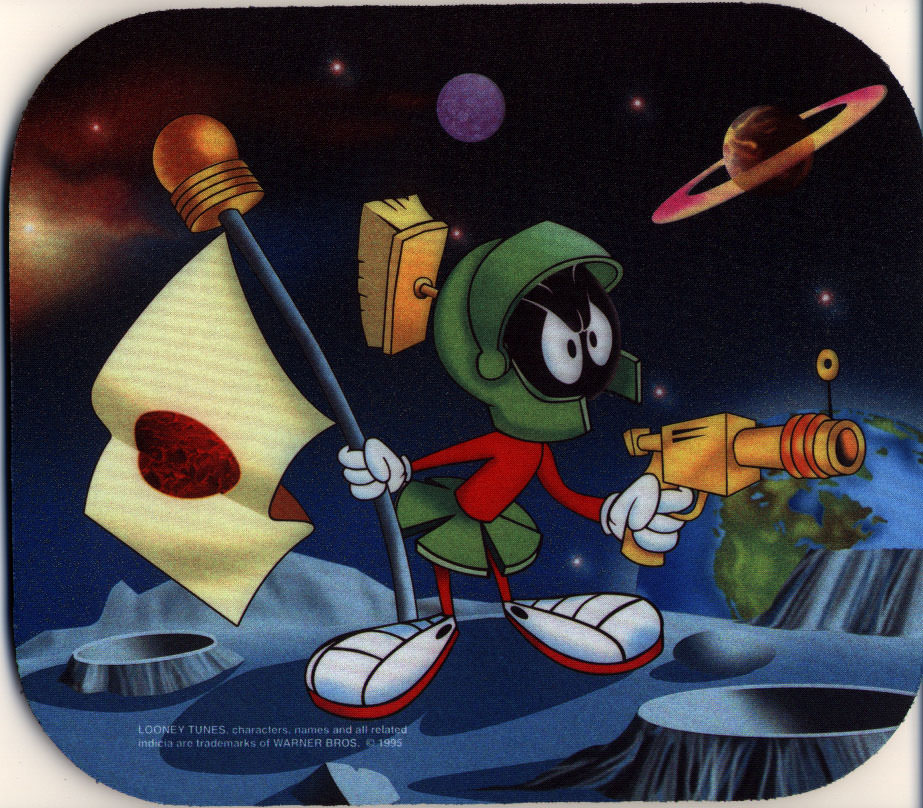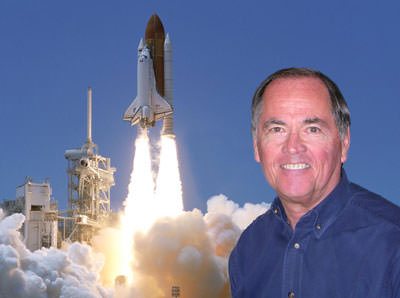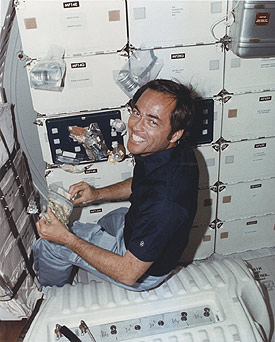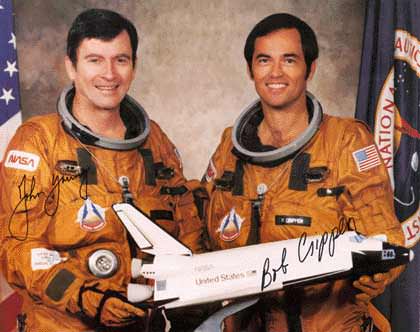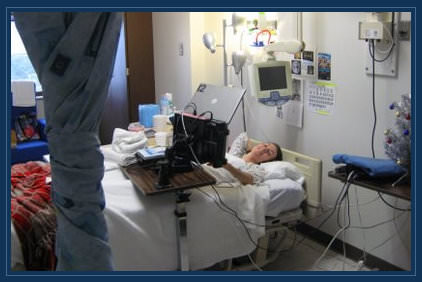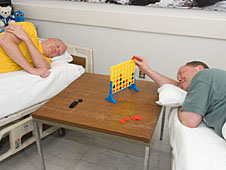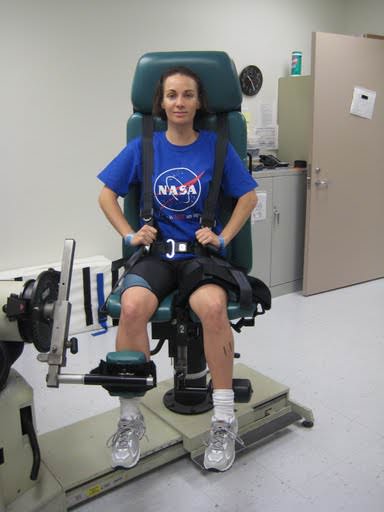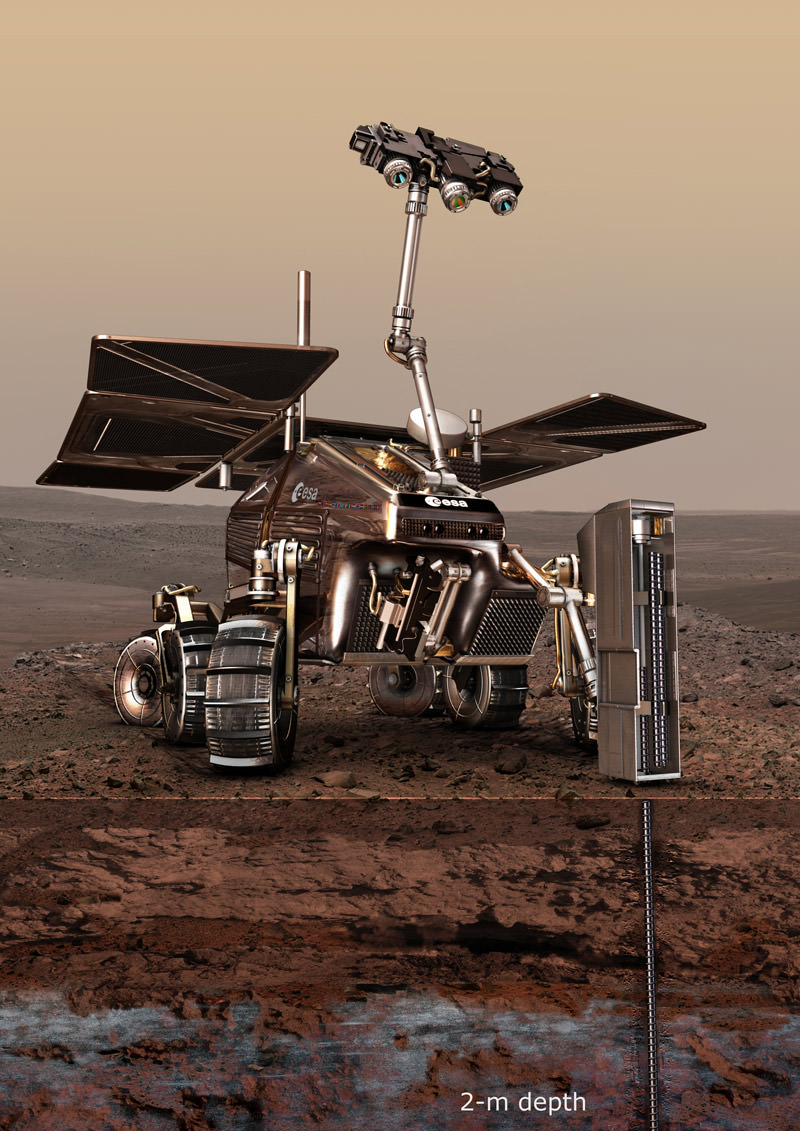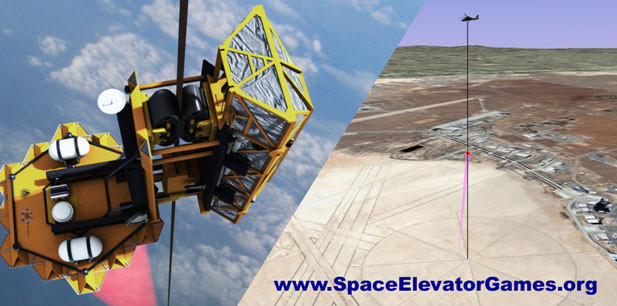Space Shuttle Atlantis sits poised for the STS 129 launch from Pad 39 A on 16 November 2009. Atlantis would likely fly a proposed new flight as STS-135. Credit: Ken Kremer
The end of the Space Shuttle Era is rapidly approaching and with it some urgent questions including, “How will the US support continued use of the ISS?” and “What would NASA do if granted an additional shuttle flight?”
Currently, only 5 flights remain on the manifest and right now, the final shuttle flight is set for September 2010. This deadline and policy was decreed by the Bush Administration and simultaneously coincides with the end of ISS assembly and the end of the Fiscal 2010 budget year. Thus far the Obama Administration has not announced any policy changes despite recurring questions from Congress and the press as the retirement approaches.
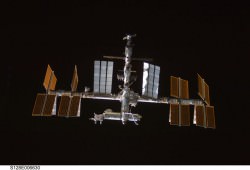
Then comes the big “gap” in US human spaceflight launch capability between the looming shuttle shutdown and the debut of the Orion capsule. Orion will not be ready until 2015 or later. So there will be a minimum 5 year “gap” when NASA cannot launch its own astronauts or even unmanned cargo supply vessels to the International Space Station which will operate until at least 2015. Hence the practical questions from the US side on “How to re-supply the ISS?”
NASA will then be utterly dependent on Russia to launch US astronauts to the ISS at a cost of some $50 million per Soyuz seat. Several companies are receiving NASA funding under the COTS program to develop cargo up-mass vehicles to the ISS and are also exploring crewed options.
For the most part, the general public is unaware of these facts. Congress has been fully aware of this quandary since 2004 when President Bush announced new NASA goals as part of the VSE or “Vision for Space Exploration” to return to the Moon and beyond to Mars. NASA’s budget has been cut in the intervening years and the “gap” has grown longer. Insufficient funding from Washington, DC directly caused a slower development pace for Orion and the Ares rocket.
One much discussed “gap” closing measure is to slightly extend the deadline for closing out the shuttle program by adding 1 or more new flights. This action requires a direct decision soon from President Obama and enabling funding from Congress.
If granted the authority to extend the Shuttle program with an additional flight, NASA officials at a very high level have already decided on paper what such a mission would entail. Bill Gerstenmaier, NASA Associate Administrator for Space Operations says that the team has done some planning for what is dubbed a ‘contingency’ flight. “It sits on the manifest as a ‘contingency’ if we need to fly it. It would be prudent to have an MPLM (pressurized Multi-purpose logistics module) in there to carry spares and restock station. We originally wanted to have a back up shuttle available in case we had a situation where we needed to do a contingency crew support to keep them in orbit for some period of time.”
At the Kennedy Space Center (KSC), I spoke with Scott Higginbotham about the details of the ‘contingency’ flight. Scott is a shuttle payload mission manager at KSC, most recently for STS-129 . He told me, “If there was to be another mission then the plan is to fly another MPLM. We have two more MPLM’s but only one is flight worthy. For the call up mission, the possible new last flight, we would fly ‘Raffaello’. But NASA needs more money and work modifications to get ‘Raffaello’ ready and up to speed”.
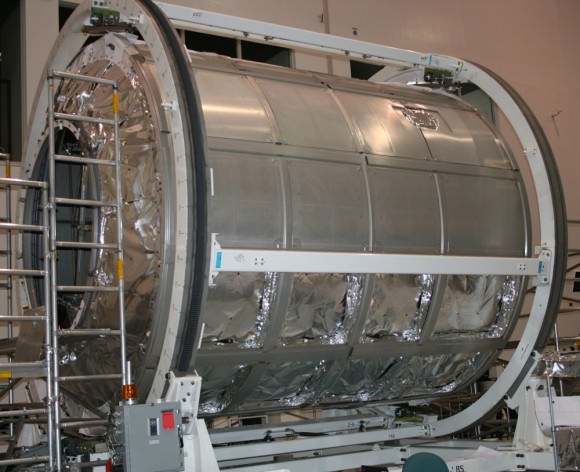
NASA has three MPLM’s total, named ‘Leonardo’, ‘Raffaello’ and ‘Donatello’ after significant engineers in Italian history and the Ninja turtles too. All were built by Alenia in Italy under contract to the European Space Agency (ESA). ‘Leonardo’ will be permanently attached on the current last flight, STS 133, after “beefing up the outside to provide extra micrometeoroid debris protection for the module. That will allow it to stay on orbit,” according to Gerstenmaier. ‘Leonardo’ would then be redesignated as a Permanent Multipurpose Module, or PMM. Initially it will be docked at a space facing port on the Harmony connecting node.
“Since the MPLM’s only go up on short sortie missions, their shielding is not as thick as the other station elements,” said Higgenbotham. ‘Leonardo’ flies once more in March 2010 and will then be modified to add shielding. “Donatello will never fly. It’s become our spare parts man to be raided if needed.” Alenia also constructed the Tranquility and Cupola long duration modules I observed recently at a ceremony inside the KSC Space Station Processing Facility (LINK). While inside the station facility, I inspected all three of the MPLM’s (see photos).
“Because of the limited number of shuttle missions left and budget constraints, it makes more sense financially to just fly ‘Leonardo’ over and over again. ‘Raffaello’ is being maintained just in case” added Higgenbotham. “We know that we would like to fly more supplies to the station and bring things home. But whether we actually go prepare ‘Raffaello’ for that contingency mission is being discussed. So we are doing some of the advanced exercises in case we get turned on.”
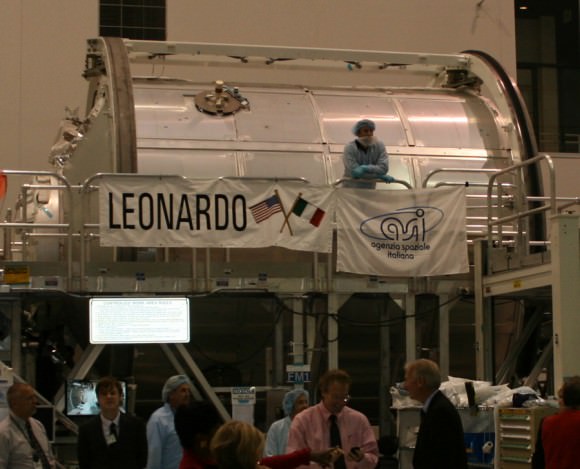
“We know the big picture of what would be included. It would include science experiments, spare parts, food, clothing, station consumables and what the crew needs to get by day to day”, he said. “So if I have the ability to launch another MPLM mission, then I can loft thousands of pounds that I don’t need to pay a commercial vendor or the Russians to do,” Higgenbotham explained. “We can save them for other items that may break down in the future.”
Large outside items would probably not go up on that mission. “The expectation is we are going to clear the house of all large external parts by the time the last mission flies. All those are planned for going up on the already manifested missions. We have analyzed what’s needed over the lifetime of the station if we extend out to 2020,” said Higgenbotham.
The station must be continually resupplied with spare parts and logistics for its remaining lifetime whether it’s 2015 or longer to 2020 which is far beyond the upcoming retirement of the Space Shuttle.
“NASA has one External Tank (ET) already built for the ‘contingency’ mission” according to Mike Moses, shuttle integration manager at KSC. Two others exist only in pieces he told me. Since it takes 3 years to build a new ET from scratch, there would be some launch delay for any further missions beyond the possible ‘contingency’ flight.
The future goals of NASA and US human and robotic spaceflight hangs in the balance awaiting critical choices by President Obama and political leaders in Washington, DC. At this point, there is no indication of when President Obama will make a decision on goals or funding. With each day’s delay, the chances to extend the shuttle program are diminished as US manufacturing production lines are shut down, more shuttle workers are layed off and their high technology skills are lost.
About 7000 shuttle workers will lose their jobs at KSC and many more across the US as the Space Shuttle program is terminated in the midst of the current recession.

